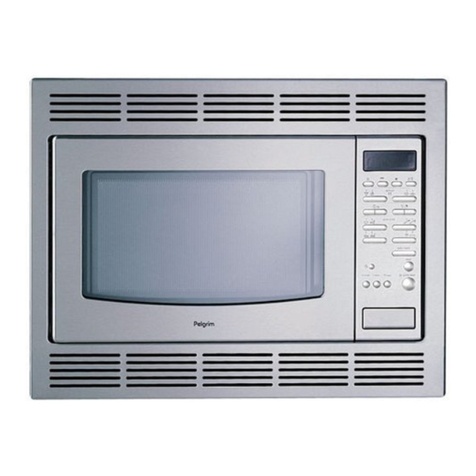Pelgrim MAG824RVS User manual
Other Pelgrim Microwave Oven manuals
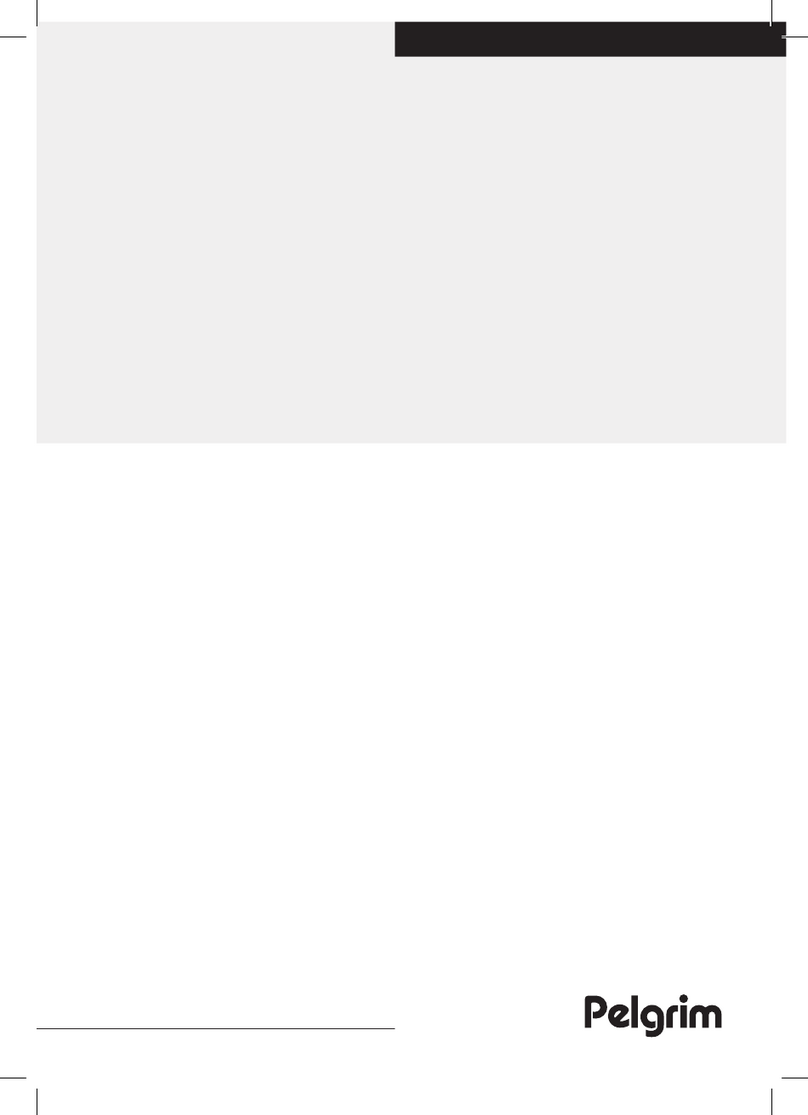
Pelgrim
Pelgrim OM460 Series User manual
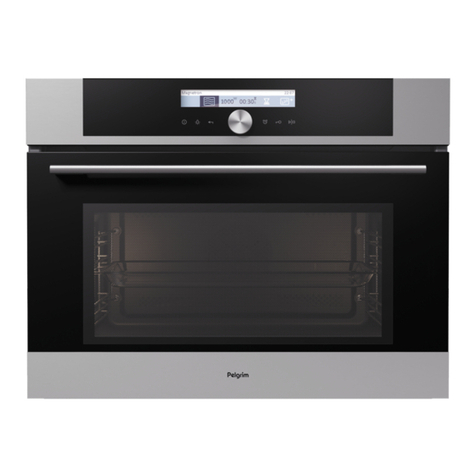
Pelgrim
Pelgrim MAG624RVS User manual

Pelgrim
Pelgrim MAC824RVS User manual
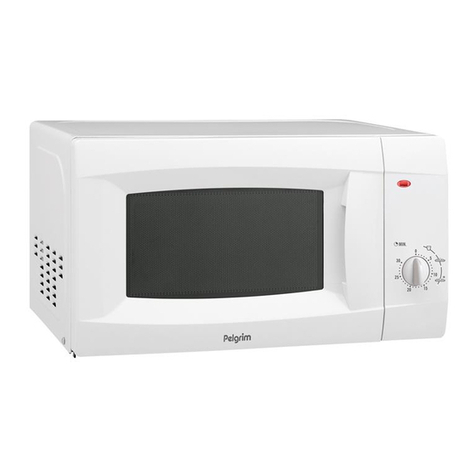
Pelgrim
Pelgrim PM1117WIT User manual
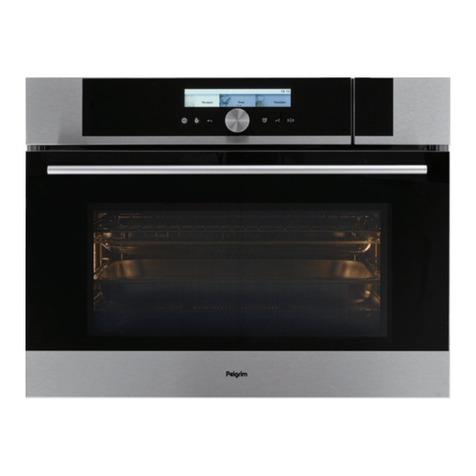
Pelgrim
Pelgrim COS824MAT User manual

Pelgrim
Pelgrim MAG638RVS User manual
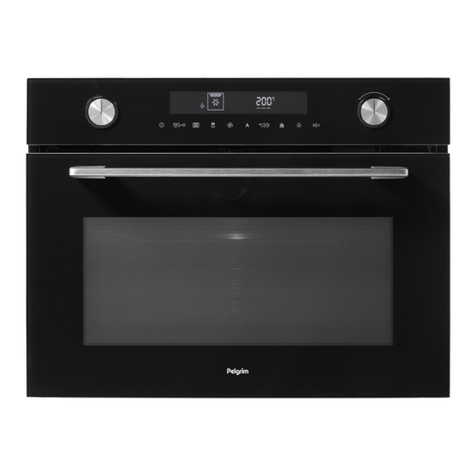
Pelgrim
Pelgrim MAC314GLS User manual
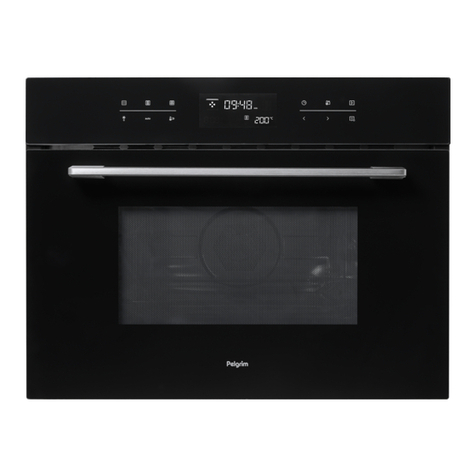
Pelgrim
Pelgrim MAC214GLS User manual
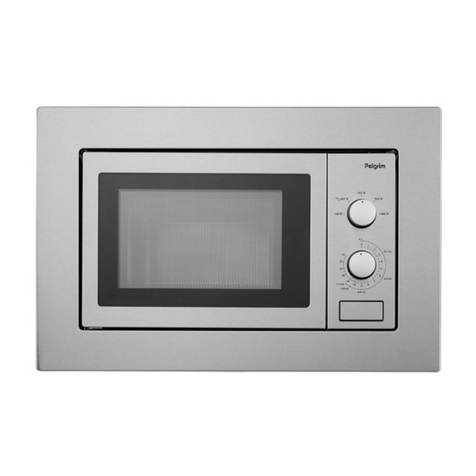
Pelgrim
Pelgrim MAG527RVS User manual

Pelgrim
Pelgrim PSM220WIT User manual
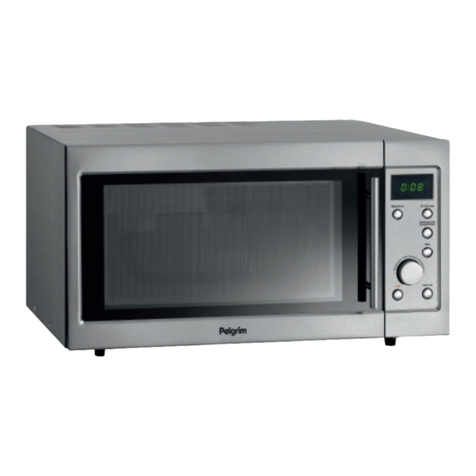
Pelgrim
Pelgrim PM2131 User manual

Pelgrim
Pelgrim MAG535 User manual

Pelgrim
Pelgrim PCM128RVS User manual
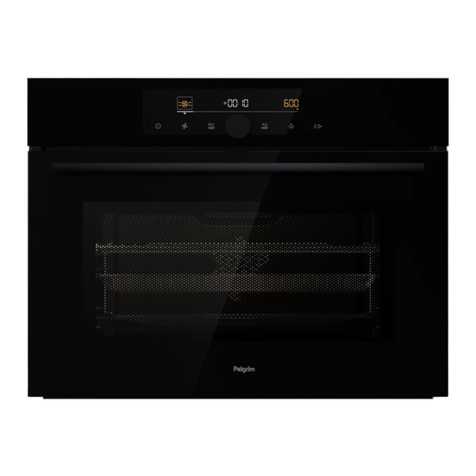
Pelgrim
Pelgrim OM540ZWA User manual

Pelgrim
Pelgrim MAG528RVS User manual

Pelgrim
Pelgrim OM540 Series User manual

Pelgrim
Pelgrim MAG614RVS User manual
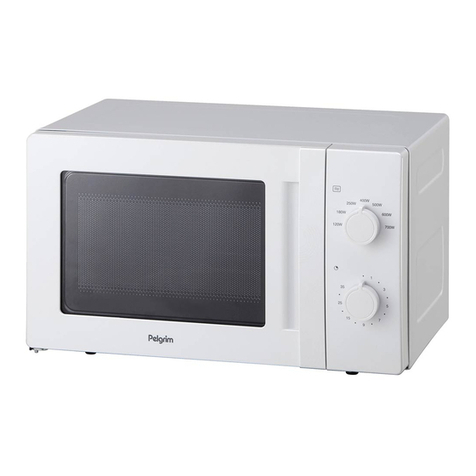
Pelgrim
Pelgrim PSM120WIT User manual

Pelgrim
Pelgrim MAC834ANT/P01 User manual
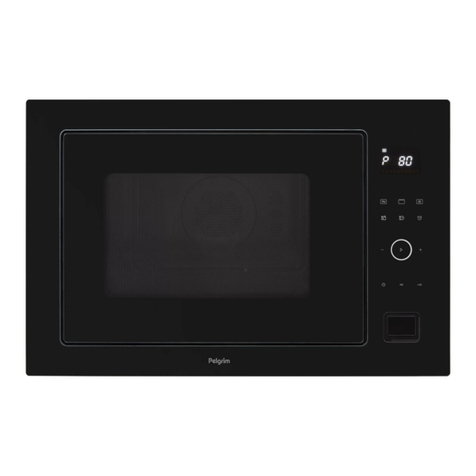
Pelgrim
Pelgrim MAC113 Series User manual
Popular Microwave Oven manuals by other brands

Conrad Electronic
Conrad Electronic 2372935 operating instructions

GE
GE Spacemaker JVM1440BH datasheet

DAEWOO ELECTRONICS
DAEWOO ELECTRONICS KOR-6L8K5S83 Operating instructions & cook book

DAEWOO ELECTRONICS
DAEWOO ELECTRONICS KOR-1N5A9S Operating instructions & cook book

Daewoo
Daewoo KQG-6617G Operating instructions & cook book

Samsung
Samsung M1779 Owner's instructions



